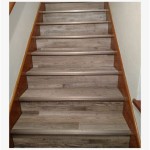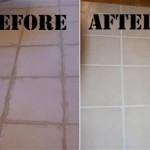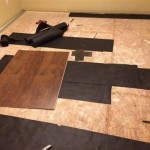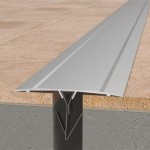All You Need To Know About Wood Flooring Underlayment
When it comes to installing wood flooring, underlayment is a crucial component that often gets overlooked. This thin layer of material, typically made from foam, cork, or rubber, plays a vital role in enhancing the performance and longevity of your wood floor. In this article, we'll delve into the essential aspects of wood flooring underlayment, helping you make informed decisions for your flooring project.
Why is Underlayment Important?
Wood flooring underlayment serves several important functions:
- Moisture Barrier: Underlayment acts as a barrier against moisture rising from the subfloor, preventing damage to the wood planks.
- Sound Reduction: It absorbs impact noise, reducing the sound of footsteps and other noises that can travel through the floor.
- Thermal Insulation: Underlayment provides a layer of insulation, helping to maintain a comfortable temperature in the room.
- Smooths Irregularities: It compensates for minor imperfections in the subfloor, creating a smooth and level surface for the wood flooring to be installed on.
Types of Underlayment
There are various types of underlayment available, each with its own advantages and properties:
- Foam Underlayment: Made from polyethylene or polystyrene foam, this type is budget-friendly, provides good sound absorption, and is easy to install.
- Cork Underlayment: Derived from natural cork, this underlayment is eco-friendly, offers excellent sound and thermal insulation, and is durable.
- Rubber Underlayment: Made from recycled rubber, this type is highly durable, moisture-resistant, and provides excellent sound absorption.
Choosing the Right Underlayment
Selecting the appropriate underlayment for your wood flooring depends on several factors:
- Subfloor Type: The type of subfloor (e.g., concrete, plywood) can influence the required underlayment thickness and moisture resistance.
- Wood Flooring Type: Engineered hardwood flooring generally requires a thinner underlayment than solid hardwood flooring.
- Moisture Level: If the subfloor has moisture issues, a moisture-resistant underlayment is essential to protect the wood flooring.
- Sound Absorption: If noise reduction is a priority, consider underlayment with high sound absorption properties.
Installation Tips
Proper underlayment installation is crucial for its effectiveness. Here are some tips:
- Roll out the underlayment perpendicular to the wood flooring planks.
- Seal the seams using underlayment tape or adhesive.
- Trim any excess underlayment around the perimeter of the room.
- Clean the subfloor thoroughly before installing the underlayment.
Conclusion
By understanding the importance, types, selection, and installation of wood flooring underlayment, you can ensure that your new floor not only looks stunning but also performs at its best for years to come. Remember to consult with a flooring professional for guidance on the specific requirements of your project.

Underlayment Buyer S Guide

Does Wood Flooring Need Underlay Greyspace

Hardwood Floor Underlayment Ultimate Guide

Underlayment What It Is And Why You Need Stuga

What To Know Before Flooring Underlayment

Underlayment Buyer S Guide

Best Luxury Vinyl Flooring Allfloors Trade Centre

Underlay For Wood Laminate And Other Hard Flooring Direct

Wood Flooring Over Underlay Unique Bespoke

Do Hardwood Floors Need Underlayment Black Forest
See Also







